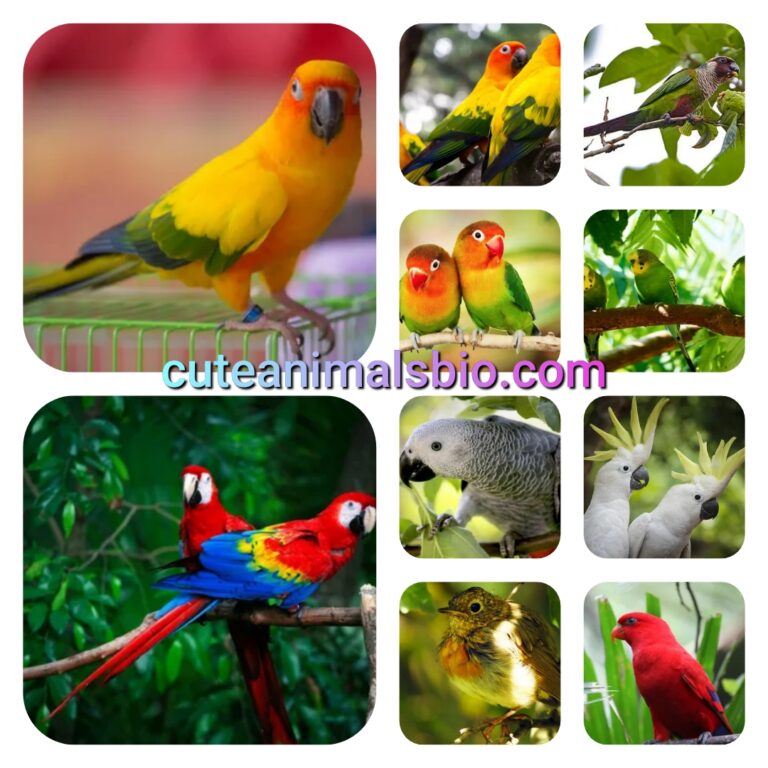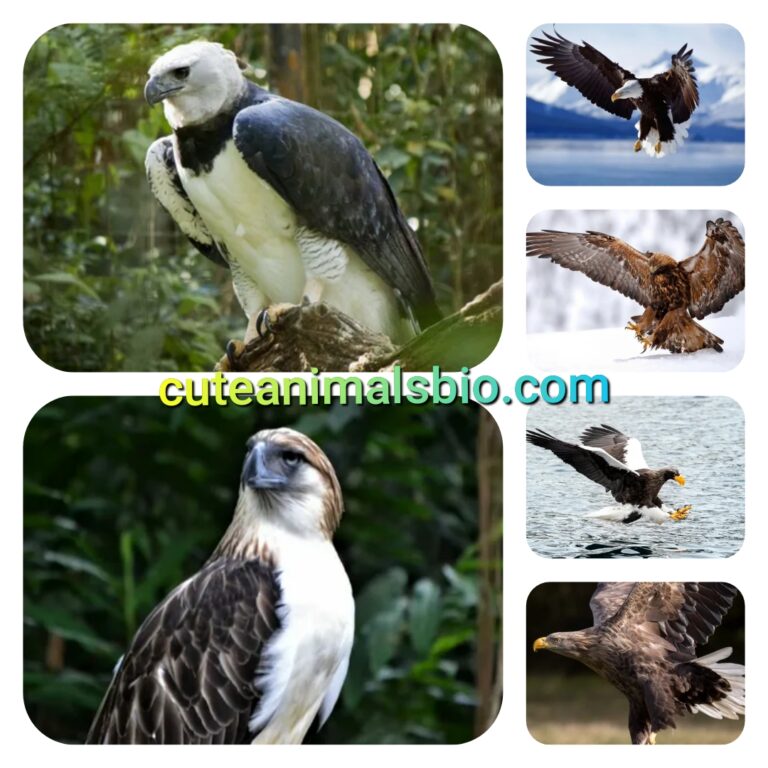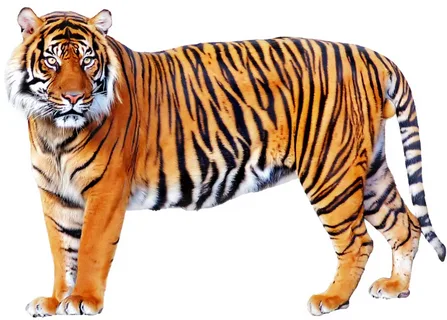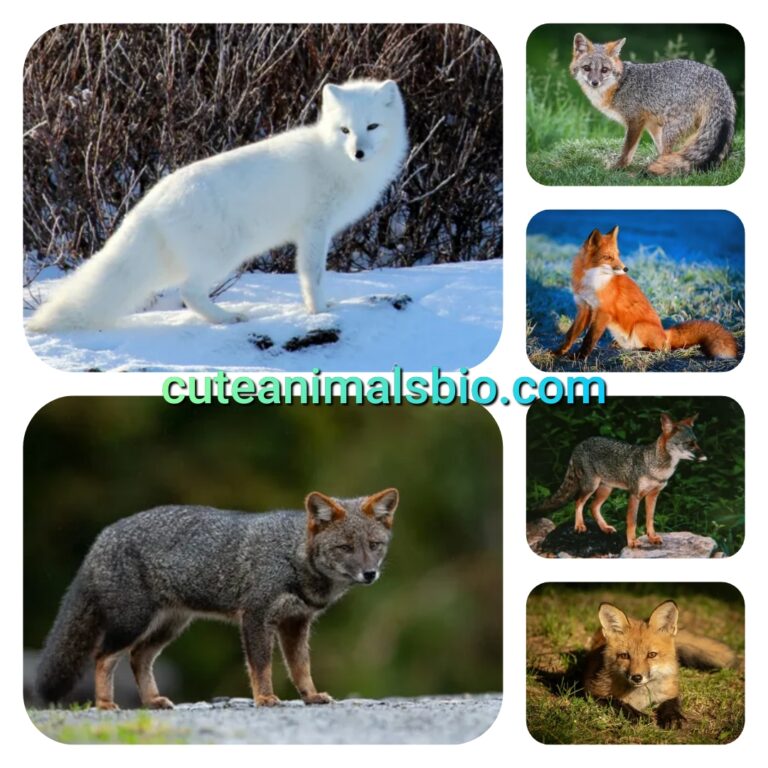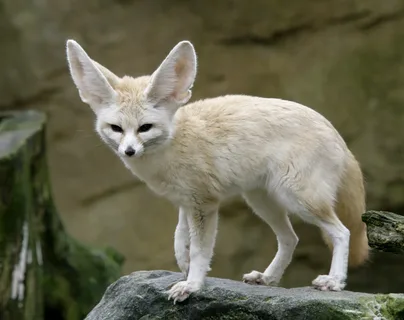Top 5 types of Kangaroo
1 Eastern Gray Kangaroo

The indigenous land mammal of continental Australia, the eastern gray kangaroo is the second biggest marsupial species. With an approximate population of several million, they are located in the eastern portion of the continent.
They go by the names Forester Kangaroo and Big Gray Kangaroo as well. Although the technical term “Macropus giganteus” means “colossal large-foot,” the eastern gray Kangaroo is not the largest species of kangaroo. That honor goes to the red kangaroo of the semi-arid interior, ranging up to 90 kg (200 lb) as opposed to the eastern gray’s 66 kg (146 lb) maximum.
Male adults usually weigh between 50 and 66 kg (110 and 146 lb), and females typically weigh between 17 and 40 kg (37 to 88 lb).
In older males, their strong tail can reach a length of nearly 1 m (3 ft 3 in).
Compared to girls, guys have larger muscles and builds.
The animal’s fur is an even, and fuzzy, except for the darker areas on their face and tail tip.
Their big rear legs and feet are designed for jumping.
There are many different types of habitats where eastern gray kangaroos may be found, such as grasslands, and woods.
Being herbivores, their primary food source is grasses, although they will also consume fruits, leaves, and fungus.
They spend most of the day in the shade and are most active at dawn and night.
One boy is born to a female at a time, and he grows within a sac in their abdomen.
May remain in the pouches for no longer than six months, and until they are almost a year old, they are still reliant on their mother for milk.
2 Red Kangaroo
The scientific name for the red kangaroo is Macropus Rufus.
Status of conservation: least concern

The world’s biggest marsupial is the red kangaroo.
Males may weigh up to 90 kg and have a body that measures up to 1.5 meters, making them significantly bigger than females.Top 5 types of Kangaroo
Females normally weigh around 30 kg and have a body length of about one meter.
The fur of reddish-brown kangaroos is contrasted with white on their breast and belly.
They have a strong, muscular tail and robust, lengthy hind legs.
Across mainland Australia, red kangaroos may be found in woods and open grasslands.
Nutrition:
Being herbivores, red kangaroos mostly eat plants, leaves, and fruits.
They may live in dry areas because they can obtain the majority of their drinking water from the vegetation they consume.
Action:
Social beings, red kangaroos may live in collections of up to 100 people.
A dominating male who marries the females leads the group.
The solitary Joey that females give newborns to grow in the sack on their belly.
After almost eight months in the pouch, guys are weaned at the age of one year.
Red kangaroos have been seen to hop as fast as 65 km/h.
They can leap two meters over fences.
Good swimmers are red kangaroos.
An essential component of the Australian environment is red kangaroos. They give other animals, food and aid in the regulation of plant development.
3 Antilopine kangaroos

Native to the tropical savannas of northern Australia, the antilopine kangaroo, sometimes called the Wallaroo or antelope wallaby, is an intriguing mammal. A peek at their world is provided here:
Look:
Males have a lovely contrast between their reddish-tan coat and their white underbelly. In contrast, the fur on the heads and shoulders of females tends to be dryer, making them appear paler.
Both sexes have white paws and feet with black tips, which elevates their entire appearance.
Males have a nose that is noticeably bigger than that of females and may help regulate body temperature because of this swelling above the nostrils.
Northern Australia’s rich savanna forests, which range from Queensland’s Cape York Peninsula in Western Australia’s Kimberley area, are home to antelope kangaroos.
These gregarious animals usually congregate together into mobs, with male and female groups apart. While females rear their offspring in bigger, family mobs, males often reside in smaller, bachelor mobs.Top 5 types of Kangaroo
They spend their days sleeping in cooler temperatures to avoid the intense sun, and they are most active at dawn and twilight.
As skilled grazers, antelope kangaroos eat a variety of plants, seeds, and leaves. They are renowned for their amazing leaping abilities, which let them move gracefully through their savanna habitat.
The female antelopes have pouches where they nurture their young, much like other kangaroos.
Following around thirty-five days of gestation, a solitary male appears. It first clings to its maternal fur before attempting to enter the pouch.
After being fed by the milk of its mom for around six months, the guy leaves the pouch for brief hops and finally gains complete independence
4 Nabarlek kangaroo

Known by several names, including pygmy rock-wallaby and Little Rock-wallaby, the barley (Petrogale concinna) is a small member of the kangaroo family that inhabits northern Australia. They have characteristics with both wallabies and kangaroos, however, they are not real kangaroos; instead, they are members of the family’s rock wallaby group.
Can you picture a kangaroo the size of a house cat? Are the tiniest rock wallabies, with a length of about 12–14 inches (not including the tail) and a weight of around 2.5–3.5 pounds. They are ideal for negotiating the rocky outcrops and gorges that they call home because of their small size
The silky, marbled fur comes in pastel gray, black, and reddish-pink hues. Except for the shaggy black tip on the long tail, smooth and short. Unlike many koalas, they don’t have significant stripes or marks on their face.Top 5 types of Kangaroo
The harsh environment of northern Australia, particularly the Kimberley region & isolated areas of Arnhem Land, is home to. They hide in caverns and cracks during the day and come out at midnight to search for ferns, grasses, and herbs amid the rocks.
Are reticent, shy animals who prefer the night’s calm to the day’s activity. Although females could share their rocky homes with their young, they are primarily solitary. They hop and scramble along the sheer walls and ledges with amazing dexterity, moving with incredible agility on their muscular legs and lengthy tails.
5 Wester gray kangaroos

Large and robust, the western species of the gray kangaroo (Macropus fuliginosus) is a marsupial that inhabits southern and eastern Australia. They are the most prevalent and widely distributed species of kangaroo, and it’s typical to watch them hopping across forests and open plains.
Western gray kangaroos are gender-dimorphic, with males being substantially bigger and heavier than females. While females usually weigh nearly 28 kg (62 lb) and can reach heights of up to 1.3 m (4 ft 3 in), males may weigh up to 63 kg (139 lb) and reach heights of up to 2 m (6 ft 7 in). With lighter chests and bellies and thicker, gray fur, their long, strong legs enable them to hop at up to 56 km/h (35 mph).Top 5 types of Kangaroo
The gregarious Western Gray Kangaroos dwell in groups of up to 100 people. Usually, a dominant male who mates with the group’s female members leads these mobs. A single guy is born to females each year, and they carry it in their pouch until it is around eight months old. After that, the joy will nurse for around six more months.
Of the three kinds of giant kangaroos, they are among the most vociferous.
Males have a pungent, curry-like fragrance that they employ to attract mates.
They have the ability to hop great distances; they have been seen to go up to 20 km (12 mi) in just one day.
They frequently appear to be cooling down and are proficient swimmers.
A significant cultural emblem in Australia, southwestern gray kangaroos is mentioned in several Aboriginal tales and myths.

